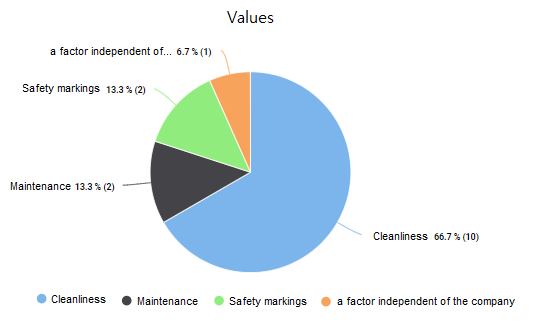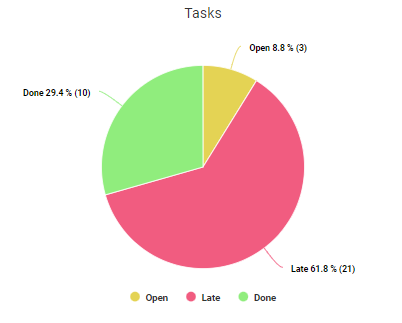What is knowledge management?
In many organizations, the importance and meaning of managing with information is understood, but the concrete benefits of data and using it to support decision-making are not completely crystal clear.
In HSEQ (Health, Safety, Environment, Quality) activities, knowledge management means decision-making based on current, high-quality knowledge – practices where decisions related to health, safety, environment and quality are made by analysing and utilizing collected information. Collected data includes, for example, accidents, illnesses, environmental effects and quality deviations. When an organization has a data-based culture, they make faster and better decisions that are based on facts.
What is the purpose and benefit of knowledge management?
The purpose of knowledge management is to be able to identify trends, risks and potential areas for improvement based on the collected data, as well as predict the cause-and-effect relationships and impact of various measures and events on the future.
Optimally, knowledge management improves the safety culture of a company and makes its operation mode even more proactive. Knowledge management helps develop HSEQ activity in an organisation and target efforts to areas where you can maximise the benefits.
An example of knowledge management in HSEQ operations:
Types and root causes of observations
Practical examples of knowledge management:
The employees of an organisation have made systematic Observations and superiors have processed them according to their instructions. What do we do next? Based on the data, you can make conclusions and/or corrective actions in the organisation:


- What types of observations are made in the organisation?
- Why are certain types of observations made the most / the least?
- In which business operations / teams are the observations made as compared to others?
- When are most of the observations made? Are most of the observations made in the summer, because the building / yearly maintenance period is ongoing? etc.
The previous questions help the organisation pay attention to positive targets and support targets that require development such as to support business operations / teams with reaching their goals. The data is not valuable in itself, its value depends on what you do with it and what you use it for. Based on the data, you can take concrete actions such as organise an internal observations campaign.
The root causes of the observations, however, give the organisation an opportunity to correct them systematically:


The observations have been processed by the supervisors of the organisation and, based on the data, they can see that the root cause is Cleanliness and Order.Based on the data, the organisation can determine the reasons behind it and define the corrective actions so that cleanliness and order observations can be eliminated as follows:
Why is the biggest root cause for the observations specifically Cleanliness and Order?
- Are there deficiencies or lack of clarity in operating methods, instructions or practices?
- Is there a specific theme for the observations?
When the root causes have been revealed, the organisation can determine an action plan: what can we do better in the future:
- Include cleanliness inspections to the welding plant’s check-up rounds
- New material of the safety quarter material on cleanliness and order at sites and organising the safety quarter on the topic in teams
- Updating and revision of operating methods and instructions in teams
- etc.
When the corrective actions have been implemented » observations about Cleanliness and Order gradually diminish » Knowledge management reaches a concrete end result and gains meaning
Data-driven knowledge management is not only something for the management of the organisation. Knowledge management belongs to the entire organisation. It is recommended that you use visual data on the company website, monthly reports and info displays in addition to reports. This increases awareness within the organisation and, in the long run, also changes the culture. Certain resources such as the financial department or the BI team usually know about knowledge management. However, also a HSEQ manager and/or supervisor should be able to manage their own operation with data. Knowledge management should reach various roles in the organisation, otherwise the full potential remains unused. An example of this is tracking corrective actions in the Observation Round:




Supervisors and employees have made Observation Rounds in various teams. The graphs show the situations of the tasks in full and per unit. Based on the acquired data, you can distribute support and help where it is needed the most.
Author
Valtteri Partanen,
Product manager, Kiwa Impact™

